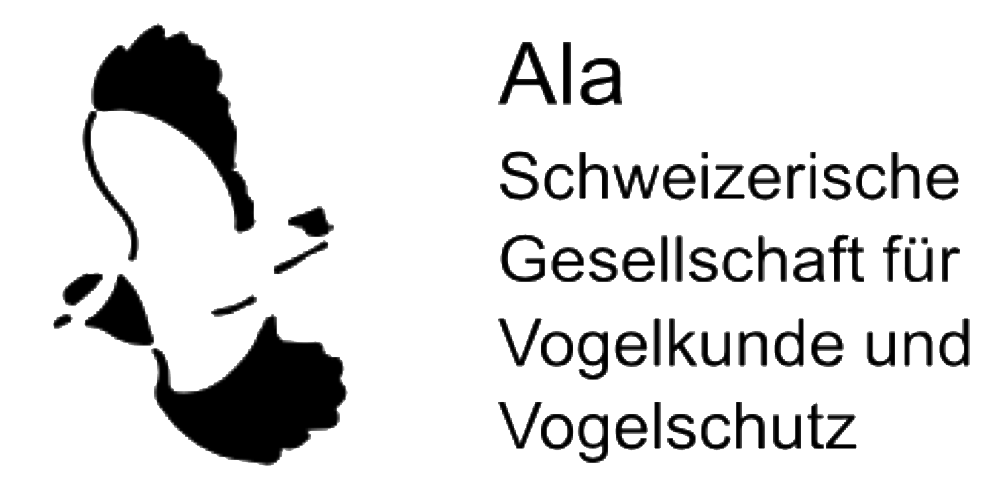Artikel-Suche
einfache Suche | erweiterte Suche
Autor(en)
Valentin Moser, Alain Barbalat, Peter Ertl, Irene Fuetsch, Martin Ganz, Heiko Hörster, Carole Niffenegger, Christophe Sahli, Arno Schneider, Nicolas Strebel
Titel
Die Schweiz als Winterquartier und Rastgebiet für die Lachmöwe Chroicocephalus ridibundus
Jahr
2025
Band
122
Seiten
62–72
Key words
(von 1994 bis 2006 vergeben)
(von 1994 bis 2006 vergeben)
Schlagwort_Inhalt
Schlafplatz, Überwinterung, Winter
Schlagwort_Vogelart
(wissenschaftlich)
(wissenschaftlich)
Chroicocephalus ridibundus
Schlagwort_Vogelart
(deutsch)
(deutsch)
Lachmöwe
Schlagwort_Geogr.
Basel, Greifensee, Zürich, Konstanzer Trichter, Kreuzlingen
Sprache
deutsch
Artikeltyp
Abhandlung
Abstract
Switzerland as a wintering and resting area for the Black-headed Gull Chroicocephalus ridibundus. – Swiss waterbodies host important numbers of Black-headed Gulls, especially in winter and during migration seasons. The population of this species is declining in Central Europe, including Switzerland. Since Black-headed Gulls also forage away from the water during daytime, it is likely that the results of the winter waterbird census underestimate their total overwintering numbers. Consequently, efforts to evaluate the importance of Switzerland as a resting and wintering area for this species are complicated. Synchronous counts at overnight roosting sites probably provide a more accurate representation of overwintering birds compared to daytime waterbird counts along watercourses. In the winter of 2021, we therefore carried out the first nationwide coordinated roost count of Black-headed Gulls. A total of around 39 000 individuals were recorded, thus significantly more than the 32 000 individuals counted in the previous waterbird census. Switzerland is therefore home to around 1.5% of the Western European Black-headed Gull population in winter. Further investigations showed that numbers at the biggest night roost of Switzerland, located in Basel, were at their highest in mid-winter, while the numbers in Zurich slightly increased towards February/March. The latter could be due to the migration of individuals wintering further southwest.
PDF Dokument (öffentlich)
PDF Dokument (registrierte Mitglieder)












